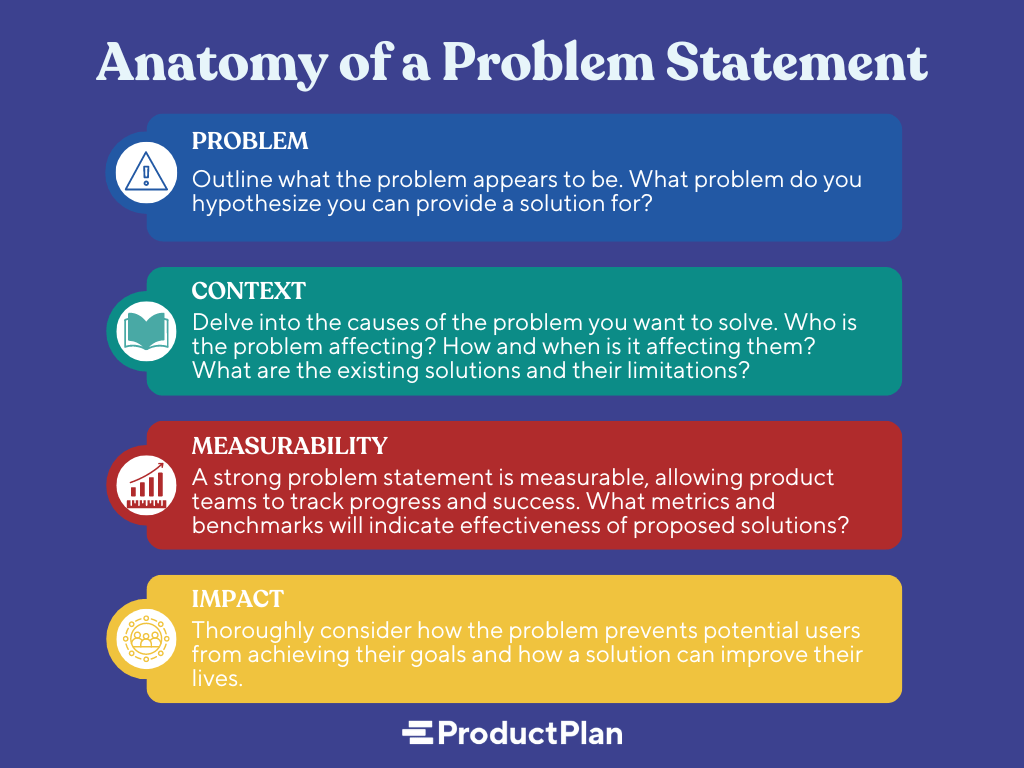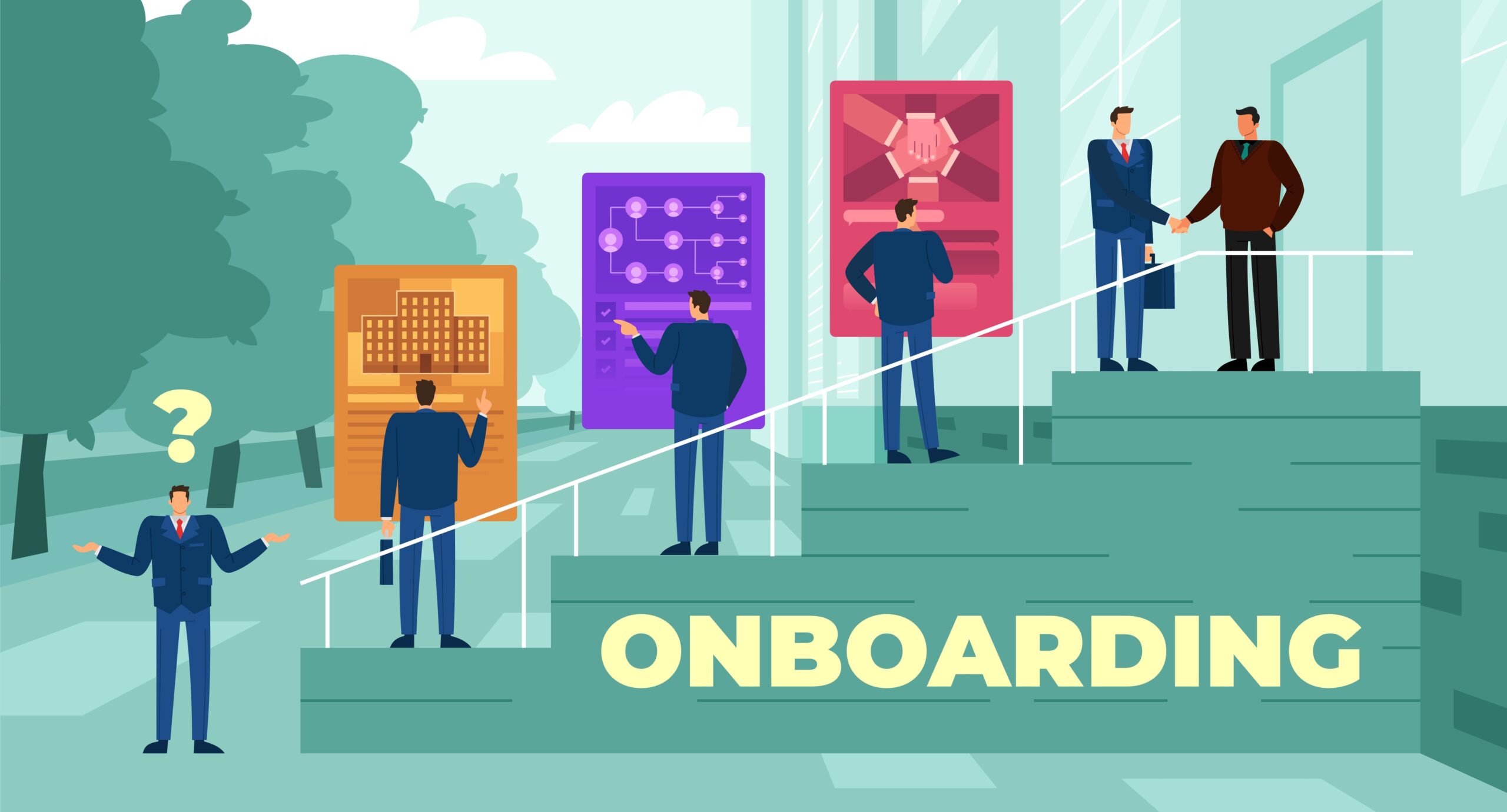
by Adrian Bryant | May 14, 2024
A problem statement describes a specific issue or opportunity in the market. It is crafted to guide focused efforts in finding solutions. For product teams, having a well-defined and researched problem statement can be crucial to the success of their product...

by Adrian Bryant | Feb 22, 2024
A dependency is a relationship between two initiatives that must be executed in a particular order. Dependency management is the process of tracking and minimizing disruptions between dependencies. Effective dependency management can reduce risks and increase the...

by Adrian Bryant | May 23, 2023
What is product onboarding? Product onboarding encompasses all of the in-product features, educational content, support services, and documentation used to explain a product’s value proposition and core functionality, along with the timeline and cadence for delivering...
by Adrian Bryant | Apr 27, 2023
What is Service Transformation? Service transformation refers to the process of expanding an organization’s focus to include new service offerings in addition to their product offering. When an organization decides to broaden their services portfolio, they not...

by Adrian Bryant | Jul 21, 2022
What Is Change Enablement? Change enablement, called change management, refers to providing people with the necessary information and support–alongside tools, processes, and strategies– to help them adapt and transition to change within an organization. Whether it be...




